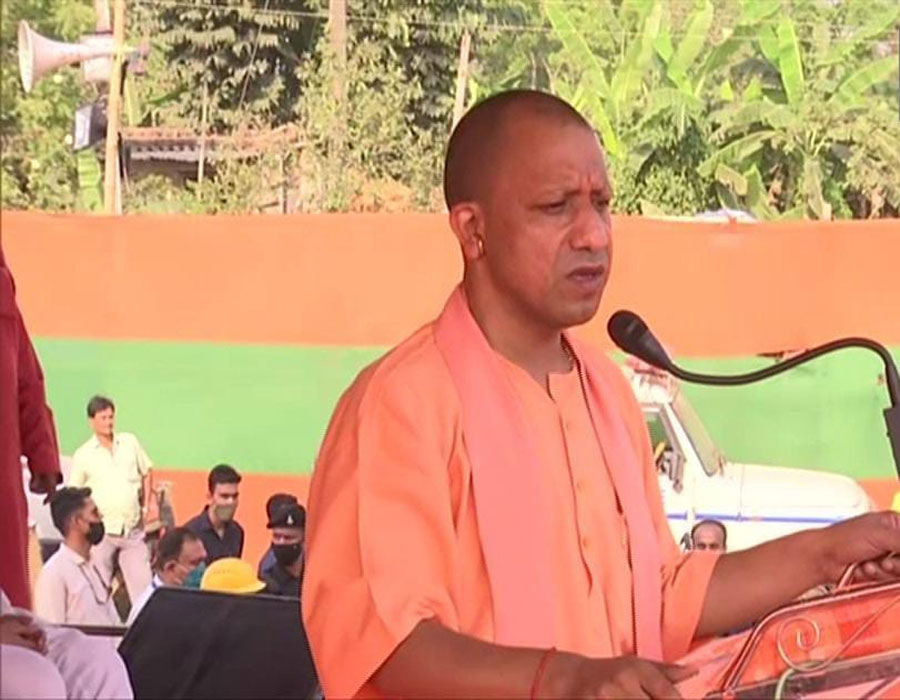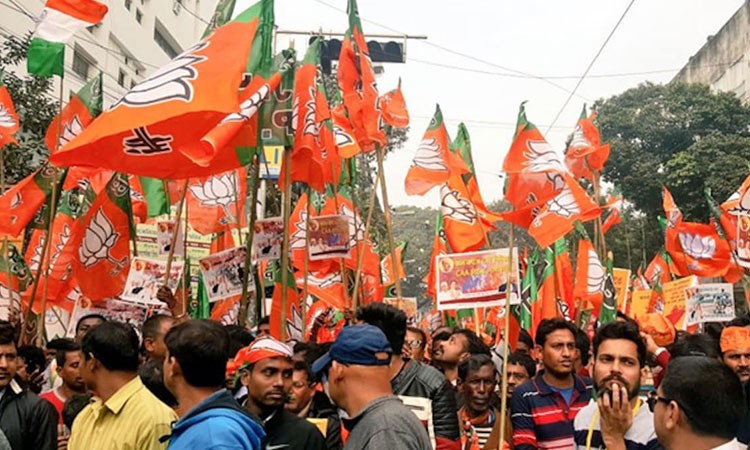To ease government transactions and improve transparency and efficiency, the Yogi Adityanath government has decided to implement the e-Kuber system of RBI to disburse government funds directly to the payee's bank account, in times of natural disasters like flood, drought, hailstorm, excess rain, lightning, etc.
Chief minister Yogi Adityanath has issued instructions to the Department of Revenue to implement the e-kuber portal at the earliest.
The system would also overcome payment delays and eliminate risk of paper vouchers being lost in transit.
The transfer of disaster relief amount is currently being done at the district level only.
Under the manual procedure, after getting notified of the details of the incident, the account of loss is recorded by the lekhpal , which is then sent to the district magistrate for payment of tax approved by a series of revenue officials after which the payment is made at the treasury.
The process involves unnecessary delays in providing relief to the victim because of the lengthy paperwork.
There is also lack of transparency as there is no method to keep a check on how many times the same person has received the fund.
Apart from this, the victims are even deprived of the right to file for a claim directly.
According to the government spokesman, the chief minister has emphasised on adopting the e-Kuber DBT system which is aimed at overcoming the shortcomings of the existing system and elimination of delays in transmission of funds to the actual beneficiaries.
In the first phase, all types of agricultural investment grants will be transferred online, while in the second phase, relief funds in cases of loss of life, property and livelihood because of natural disasters will also be transferred online.
The Revenue Department will be the first in the state to implement the e-Kuber system.
E-kuber will facilitate quick transfer of government aid in cases of floods, droughts, fire outbreaks, hailstorms, fog and cold waves, cloudbursts, earthquakes / tsunamis, cyclones, landslides, pest attacks, avalanche, unseasonal heavy rainfall, celestial lightning, thunderstorms, heat strokes, boat accidents, snakebite, sewer cleaning, gas leakage and in cases of wild animal attack.
The main features of the system are that the bill can be directly generated online by the department in half an hour through e-Kuber.
If the money is not transferred to the beneficiary's account due to any reason, the amount remains in the Treasury.
Failed transactions can be checked under the e-Kuber system.
A digital database of the relief recipients will be prepared for quick assistance monitoring from DBT to the beneficiary.
(Courtesy: IANS)








 OpinionExpress.In
OpinionExpress.In















Comments (0)